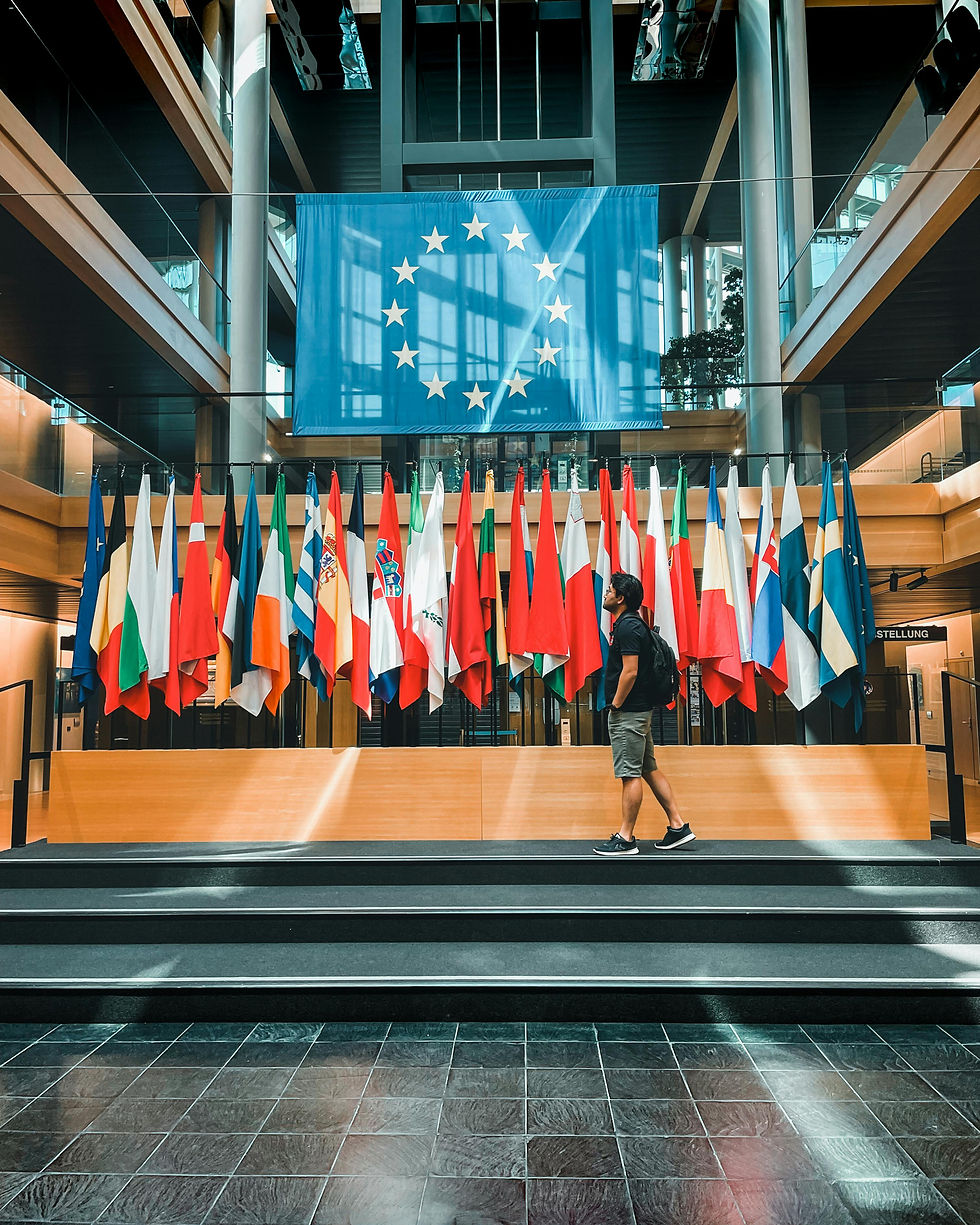Author: Onur Senturk
Publication date: 09.08.2024
2024 EU Pact on Migration and Asylum introduces significant changes to how the EU handles migration and asylum. This pact is crucial in today's geopolitical climate, addressing both immediate and long-term challenges associated with migration flows into Europe.
Historically, EU migration policies have faced numerous challenges, including uneven distribution of asylum seekers and inadequate response mechanisms. Previous asylum policies were often criticized for their inefficiency and lack of coherence across member states. The 2024 pact aims to address these issues by introducing new measures and objectives that promote solidarity and fair sharing of responsibilities, along with faster and efficacious procedures.
Collective Responsibility and National sovereignty
Historically, southern coastal member states, like Italy and Greece, have borne a disproportionate burden due to their geographic locations. This uneven distribution of responsibility has led to significant strain on their resources and border security, highlighting the necessity for a more equitable approach to managing migration within the EU. Aiming to balance national sovereignty with the need for collective responsibility among member states, the pact introduces new solidarity mechanisms, with its main innovation being a "mandatory solidarity" system. Under this system, governments have three options for managing asylum seekers:
Relocate a specified number of asylum seekers.
Pay €20,000 for each asylum seeker they refuse to accept.
Fund operational support for asylum processes.
The regulation has been criticized by the governments of Poland and Hungary, both of which have long been skeptical of the EU's approach to migration. The two express concerns that the mandatory solidarity mechanism will violate their national sovereignty, claiming it will limit their ability to make independent decisions regarding immigration policies, while being forced to accept migrants against their will.
Operational and Logistical Changes
The pact introduces a stricter screening process for aslyum applicants, and those who do not meet the entry requirements for the EU will be registered and undergo identification, security, and health checks. Enhancements in border management and security measures are also part of the pact, including “carry out health and security checks, speed up examination procedures and provide counselling free of charge”.
Legal and Ethical Considerations
The pact is underpinned by a robust legal framework that ensures compliance with international human rights standards. Ethical debates surrounding migration and asylum continue to be contentious. On one hand, there is a moral obligation to protect those fleeing persecution and conflict. On the other hand, there are concerns about national security and the socio-economic impact of large-scale migration. The pact aims to strike a balance by upholding human rights while addressing security concerns.
Economic and Social Impacts
New regulation may relieve the southern EU countries, like Italy and Spain, that differ from those of northern and western Europe economically, and have high rates of undocumented migrants arrival, mostly from sub-Saharan Africa.
On the other hand, relocating a large number of immigrants elsewhere can create a challenge both logistically and economically, considering European countries have recently been cutting back on spending.
Furthermore, there are also challenges related to the social integration of migrants, such as cultural differences and potential social tensions. The role of local communities and NGOs is crucial in facilitating this integration and ensuring that both migrants and host societies benefit from the process.
Future Prospects and Challenges
The future of EU migration policy is uncertain but promising if the pact is on successfully implemented. Potential hurdles include resistance from member states like Poland and Hungary, both of which have previously expressed dissatisfaction with agreement on migration, as well as logistical challenges in relocating and integrating large numbers of asylum seekers, making enforcement and compliance critical to the pact's success. The pact was painstakingly negotiated to guarantee that all countries contribute one way or the other. If member states start disregarding the rules, the "mandatory solidarity" system will rapidly lose its effectiveness and significance, stripping the new pact of its core element.
Conclusionon EU Pact on Migration and Asylum
In conclusion, the 2024 EU Pact on Migration and Asylum represents a significant step forward in addressing the complexities of migration within the EU. By balancing national sovereignty with collective responsibility, enhancing border management, and promoting the integration of refugees, the pact holds the potential to create a more cohesive and resilient European Union. Its success will depend on the willingness of member states to collaborate and the ability to adapt to future challenges.
You can also read about:




Comentarios